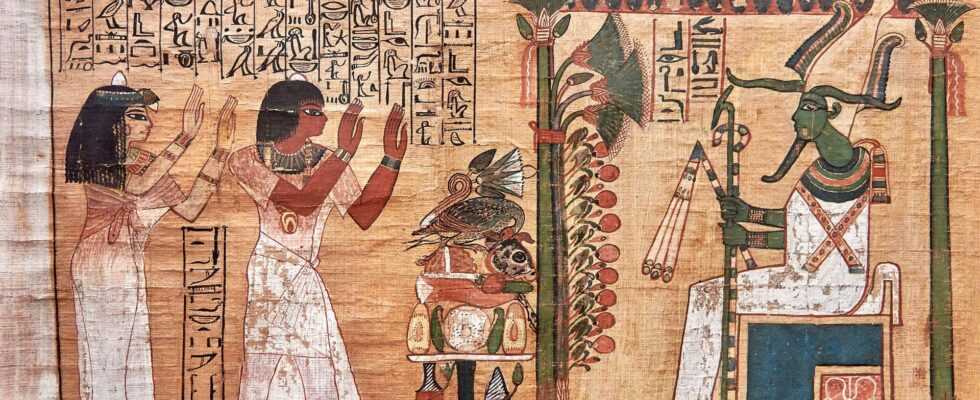Kha and Merit were buried more than 3400 years ago. Among other things, the Egyptian spouses were given vessels with food as burial gifts, which should feed their eternal souls. What exactly did the amphorae and jugs contain? A team of analytical chemists and archaeologists reports in the “Journal of Archaeological Science” magazine that the scents that still escape from the containers reveal this. What’s more, the study provides indications of how smell can help to solve the mysteries of the past and make museum visits even more exciting in the future.
The discovery of the intact tomb of Kha and Merit in the necropolis of Deir el-Medina near Luxor in 1906 is still significant today. It is true that Kha was a high-ranking person during his lifetime, namely a construction manager or architect. However, he was not a pharaoh and Merit was not a queen. Her burial reveals a lot about how people of Kha’s estate were treated after death.
“It’s an amazing collection,” says Ilaria Degano, who works as an analytical chemist at the University of Pisa, Italy. “Among the objects are even pieces of Kha’s ancient Egyptian linen underwear embroidered with his name.”
Credit goes to the archaeologist who discovered the tomb. Unusually for the time, he resisted the temptation to unwrap the mummies or peek inside the sealed amphorae, jars and jugs, even after they had been transferred to the Egyptian Museum in Turin, Italy. The contents of many jars are still a mystery, although there are some clues, Degano says. “We knew from talking to the curators that there were some fruity flavors in the showcases,” she continues.
© courtesy of Jacopo La Nasa (detail)
Smells like beeswax | Among the jars, the contents of which the team analyzed using a mass spectrometer, was an amphora sealed with a clay stopper.
Old things in bags are ideal for smell analysis
Degano and her colleagues placed various artifacts in plastic bags for several days to collect some of the volatile molecules they exude, including sealed jars and open cups containing rotten remains of ancient food. Then, with the support of the Italian company SRA Instruments SpA, the team used a mass spectrometer to identify the aroma components of each sample. It found trimethylamine associated with dried fish, aldehydes and long-chain hydrocarbons indicative of beeswax, and other aldehydes found in fruit. “Two-thirds of the objects delivered results,” says Degano. “That was a nice surprise.”
